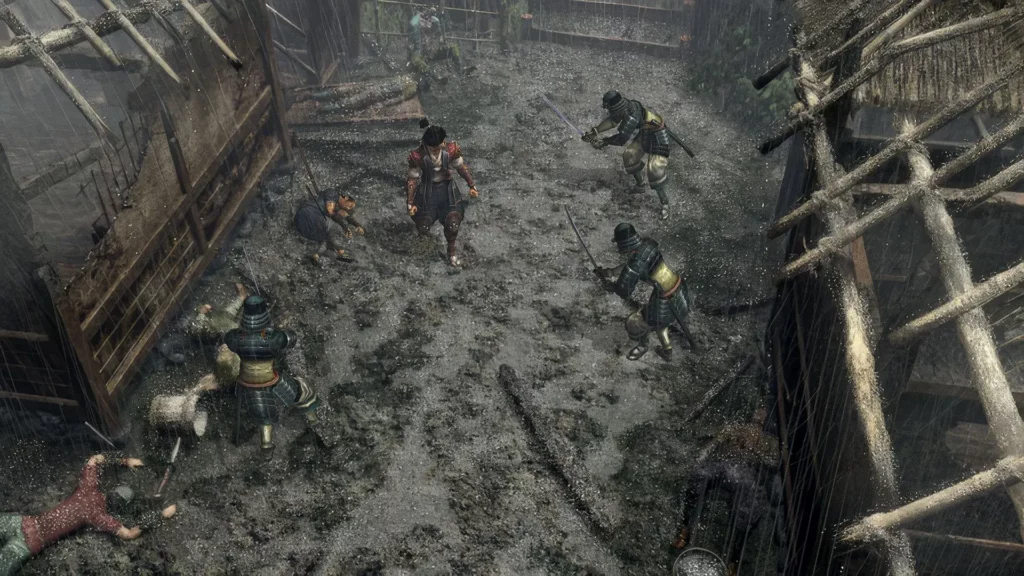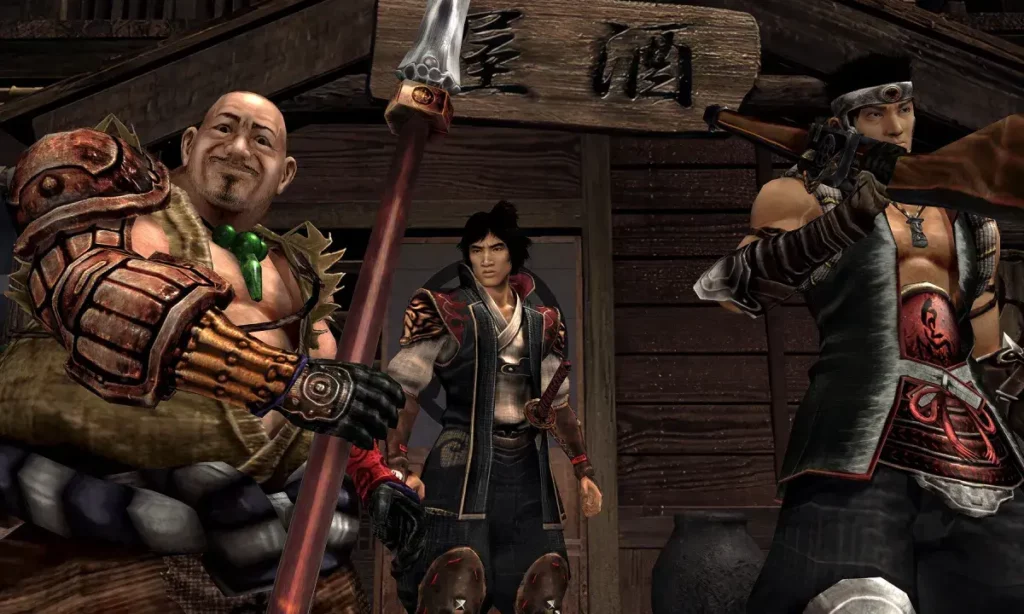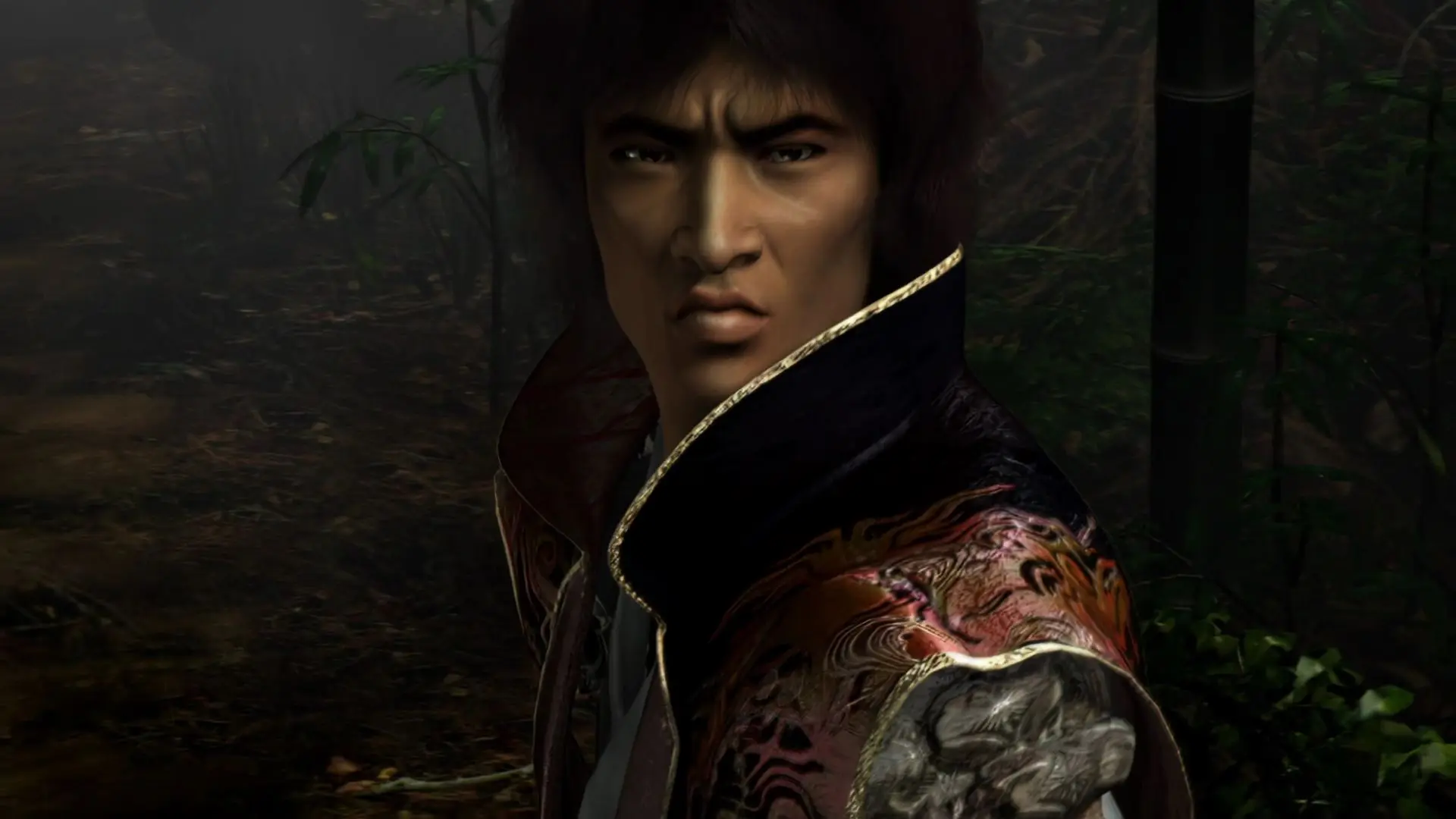A pivotal boss encounter around the midpoint of Onimusha 2: Samurai’s Destiny nearly derailed the entire experience—not because of high difficulty, but due to outdated mechanics that feel out of step with today’s expectations. Fixed camera angles unpredictably switch mid-combat, projectiles pass through obstacles you can’t, and off-screen attacks can lock you in place, leaving players stunned and frustrated.
These issues aren’t isolated moments but build up over hours like a snowball of antiquated design quirks rolling downhill. While such elements might have been accepted or even admired in 2002, in 2025 they can easily test a modern player’s patience.
What This Remaster Offers
- Game: Onimusha 2: Samurai’s Destiny (Remastered)
- Genre: Samurai action-adventure
- Developer & Publisher: Capcom
- Release Date: May 22, 2025
- Platforms: PC (Steam Deck Verified)
- Price: $30 / £25
- Multiplayer: No
Where It All Began: A Tale of Revenge
The story follows Jubei, a samurai who survives a demonic attack on his village and sets off on a quest for vengeance. He’s soon joined by a group of warriors united in their mission to destroy evil. It’s a classic narrative structure, simple but effective enough to support the hack-and-slash action.


However, not everything holds up well. The female protagonist, Oyu, is presented as a fierce and independent warrior, but the game continually places her in situations where she must be rescued. From her introduction under a waterfall to scenes involving harassment, her character arc struggles with contradictions that feel uncomfortable today.
A Samurai’s Legacy – Inspired by Horror Roots
Originally envisioned as a samurai-themed spiritual sibling to Resident Evil, the DNA is obvious. Fixed camera angles and progression-based puzzles mimic the horror classic’s structure, but it doesn’t always serve the action-focused gameplay. An option exists to use old-school tank controls, but it’s hard to imagine many players embracing that in 2025.
Rough Combat Edges with Flashes of Variety
Despite the frustrations, Onimusha 2 occasionally shines. The variety of weapons keeps combat from going stale. Each weapon comes with unique combos and a special move. The Hyoujin-Yari spear, for example, allows players to freeze enemies and shatter them—a satisfying mechanic that encourages experimentation.
Weapon upgrades are tied to soul collection, and players can shape their playstyle by focusing on preferred arms. The game’s visuals, enhanced through HD upscaling, present pre-rendered backgrounds that have aged surprisingly well, even if the world sometimes feels sterile.
Allies, Gifts, and Tactical Options
The story is bolstered by a cast of companions that Jubei can interact with in meaningful ways. Through item gifting, players influence which allies accompany them, and even take control of those characters during missions. Taking the reins as Magoichi, for instance, who wields a rifle, can simplify otherwise tough battles. Ranged combat proves especially useful when facing clustered or aggressive enemies.
Swarms, Respawns, and Chokepoints
Enemy variety is one of the game’s stronger aspects. New monster types are frequently introduced, each with distinct attack patterns. But instead of offering steady escalation, the game often overwhelms the player with groups of enemies. Combined with cramped corridors and tight camera angles, it’s a recipe for stress.
Monsters also tend to respawn endlessly in some areas, limiting exploration and breaking pacing. These narrow passage battles start to wear thin, especially when compared to the open arenas of modern action games. What starts as nostalgic eventually turns claustrophobic.
Nostalgia Isn’t Always Enough
Capcom may have intended this remaster as a way to build anticipation for the upcoming Onimusha: Way of the Sword. However, it’s unlikely to win over new fans or rekindle much excitement among those unfamiliar with the series. Longtime players might find flashes of charm, especially if they grew up during the PS1 or PS2 eras, but it’s clear the game hasn’t aged gracefully.
The attempt to revive a classic is appreciated, but it reminds us that not all elements of the past belong in the present. Despite some engaging mechanics and artistic design, Onimusha 2: Samurai’s Destiny is more a relic than a revival—an experience best remembered rather than replayed.
Find more interesting reviews here.
